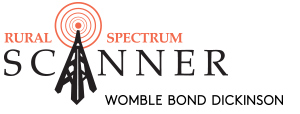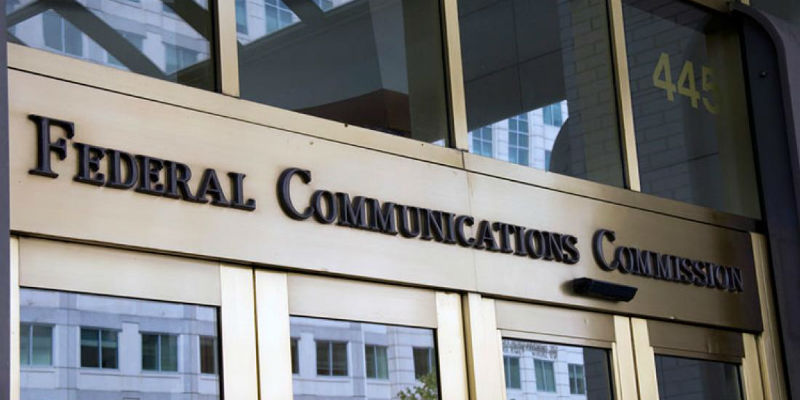The Federal Communications Commission has again declined to impose a spectrum etiquette requirement for the Part 15 unlicensed bands. A spectrum etiquette establishes a set of steps and protocols that a device must follow before it may access the spectrum. It may require that a device monitor the spectrum in which it intends to operate and begin transmission only if no signal above a specified threshold is detected. The Commission declined to impose any type of spectrum etiquette for any Part 15 bands in a 2004 proceeding, but asked for comment on whether to adopt a spectrum etiquette requirement for unlicensed transmitters operating in the 902-928 MHz band only three years later. The Commission also inquired generally about whether there might be a similar need to adopt rules for unlicensed devices in the 2.4 GHz and 5.8 GHz bands. In its recent Order, the Commission cited commenters’ “widely divergent views” about the issue and a lack of recent record support advocating the need for etiquette adoption, and stated that it was not persuaded of the need to adopt a spectrum etiquette requirement for unlicensed operations in the 902-928 MHz band.







